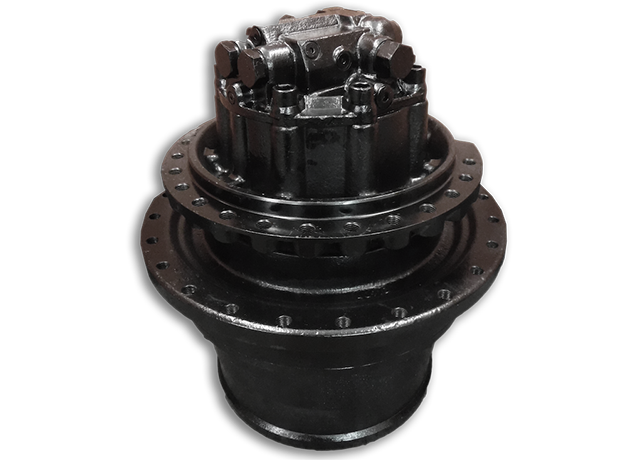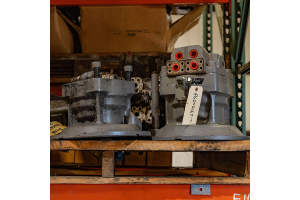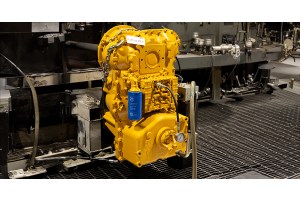
Have you ever been a long road trip and just want to cruise down the highway but are forced to keep the steering wheel slightly to the left or right to keep from drifting into the guardrail or into oncoming traffic? It's kind of annoying, right? Also, it wears your tires unevenly. As you know, your car needs an alignment. Your track machine isn't much different except it doesn't need an alignment, instead the excavator, bulldozer, or compact track loader has another problem.
You might immediately think the gear ratio is off, and that may be true, but while gear ratio is definitely part of the equation, it's not the only factor, or even the most important.
"Overall speed is the critical data," says Todd Resser, owner of Southwest Equipment Parts in California. Resser has more than 20 years experience working with heavy construction components, specifically final drives.
"You can have the exact same gear ratio and still have a machine that spins in circles due to different motor displacement."
Companies that sell aftermarket final drives use the gear ratio argument in an effort to get customers to buy their products. And while it's not a faulty argument, there's a lot more to the science behind the engineering of a final drive than that simple variable.
"Overall speed is calculated by the gear ratio and the motor displacement in low and high speed," says Resser.
Resser has catalogued data for more than 2,700 different final drives and travel motors. ConEquip Parts has partnered with Resser to provide high quality replacement drives with specifications that take the guessing out of the equation. The result is ConEquip customers receive a high quality drive that keeps their machine tracking straight for better performance.
Resser stresses that another important factor to understand is matching a new replacement final drive with an older OEM drive will still result in some speed difference.
"The speed differences that we tell our customers are when comparing new to new."
Even when replacing both sides with new final drives there could be a difference in speed based on the performance of the main hydraulic pump. Most machines have a double pump where one section controls the left final drive, the other controls the right side drive.
When it comes time to replace your final drive, if you are in the market for a new replacement drive, make sure the company you are contacting has the data, knowledge, experience, and supply line to help you make the right decision.
Here is a fun video to help demonstrate the problem of having a final drive with the wrong gear ratio and speed!
Need a final drive for your machine? Click below to get a quote today!









